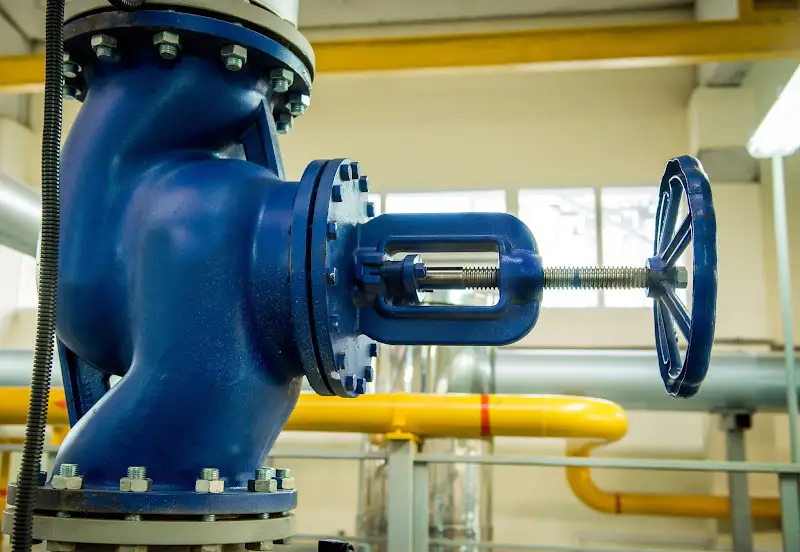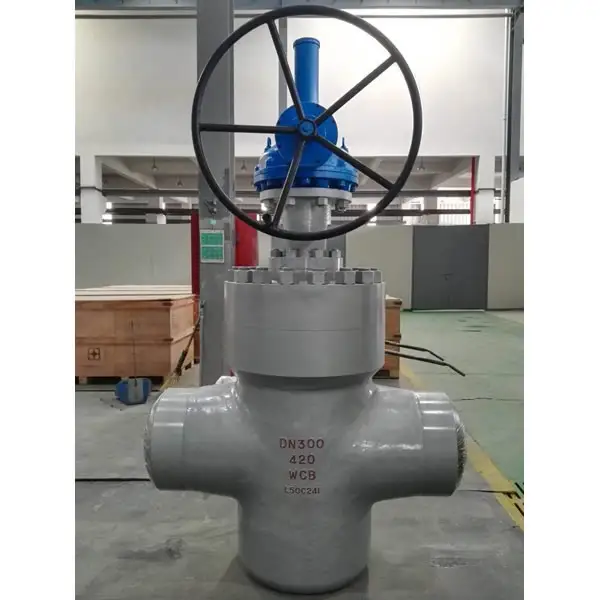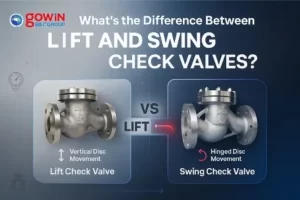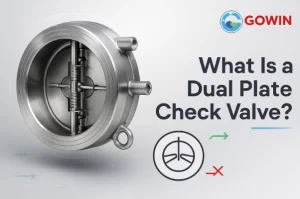Оглавление
ПереключатьA pressure seal gate valve is a type of промышленный клапан designed for high-pressure and high-temperature applications, providing a self-tightening seal that becomes more effective as system pressure increases.
In simple terms, this valve ensures a leak-proof, reliable flow control even in the most demanding industrial environments like power plants, refineries, and chemical facilities.
In this article, we’ll explore what a pressure seal gate valve is, how it works, why it’s different from other gate valves, and what makes it an essential component in modern engineering. You’ll also learn about its structure, benefits, and how standards like API 600 pressure seal gate valves ensure quality and performance.
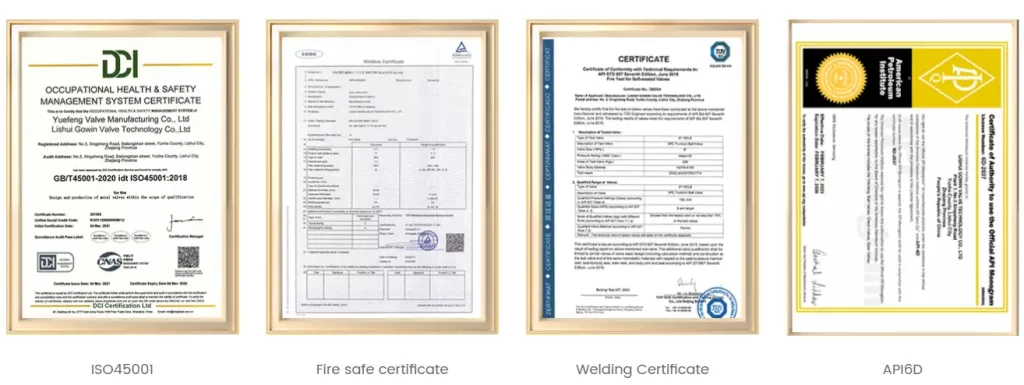
Understanding the Purpose of a Pressure Seal Gate Valve
The purpose of a pressure seal gate valve is simple yet vital: to control fluid flow under extreme pressure without leaks. Unlike bolted bonnet valves, where internal pressure may cause leakage, a pressure seal bonnet gate valve becomes tighter as pressure increases. This design ensures greater efficiency, safety, and long-term reliability.
Industries such as oil and gas, power generation, and chemical processing often rely on these valves for systems operating at 600# to 4500# pressure classes. Their ability to withstand thousands of PSI makes them an industry standard for high-performance applications.
Основные выводы:
- A pressure seal gate valve tightens with increasing pressure.
- It’s ideal for high-pressure, high-temperature applications.
- It ensures long-term sealing performance and system safety.

Крышка клапана самоуплотняющегося типа.
Явление заклинивания диска не может возникнуть при повышении температуры.
Гибкий клин.
How a Pressure Seal Gate Valve Works
The pressure seal gate valve design is both simple and efficient. The valve body, bonnet, and gasket work together to create a pressure-assisted sealing mechanism.
As internal pressure rises, it pushes the bonnet upward against the gasket, compressing it tightly between the valve body and bonnet. This self-energizing effect strengthens the seal as the system pressure increases.
When the valve opens, the gate moves upward through the stem (manually or with an actuator), allowing
fluid to flow freely. When closed, the gate lowers and seals tightly against the seats, preventing leakage.
In pressure sealed bonnet parallel slide gate valves, the gate has two parallel discs with a spring mechanism that ensures constant contact with the seats, providing a uniform and reliable seal even during pressure changes.
In short: higher pressure = tighter seal.
Main Components and Materials
A typical pressure seal gate valve includes:
- Корпус клапана: The main casing, usually made from forged carbon steel, stainless steel, or alloy steel.
- Капот: The upper section that holds the stem and forms the pressure seal.
- Gasket: Usually made of graphite or stainless steel, creating a pressure-tight joint.
- Gate and seats: The internal parts that block or allow flow.
- Корень: Connects the actuator or handwheel to the gate.
Modern designs follow API 600 pressure seal gate valve standards to ensure strength, durability, and interchangeability. These standards define materials, testing, and dimensions for consistent quality.
Pressure Seal vs. Bolted Bonnet Design
A pressure seal bonnet gate valve differs from a bolted bonnet valve in one crucial way — how it handles internal pressure.
| Особенность | Pressure Seal Bonnet | Bolted Bonnet |
| Sealing Method | Pressure-assisted self-tightening seal | Flange bolts and torque |
| Effect of Pressure | Improves seal strength | Increases leakage risk |
| Обслуживание | Easier access, smaller size | Requires re-torquing |
| Приложения | Системы высокого давления | Low to medium pressure |
In bolted bonnet designs, bolts bear the load and can loosen over time. In contrast, the pressure seal design uses pressure to its advantage, eliminating the need for constant maintenance and ensuring superior sealing efficiency.
Benefits of Pressure Seal Gate Valves
- Leak-Free Operation – Self-energizing seals prevent leaks even under extreme pressure.
- Compact and Lightweight – Compared to bolted bonnet valves, pressure seal valves are smaller and easier to install.
- Cost-Effective Over Time – Fewer maintenance requirements and longer service life reduce operational costs.
- Безопасность и надежность – Designed for high-temperature steam, water, or gas systems, ensuring continuous protection.
- Compliance with API 600 – Certified designs meet international safety and performance standards.
These qualities make AR220 80 pressure seal gate valves and similar models highly preferred in refineries and thermal power plants.
Applications Across Industries
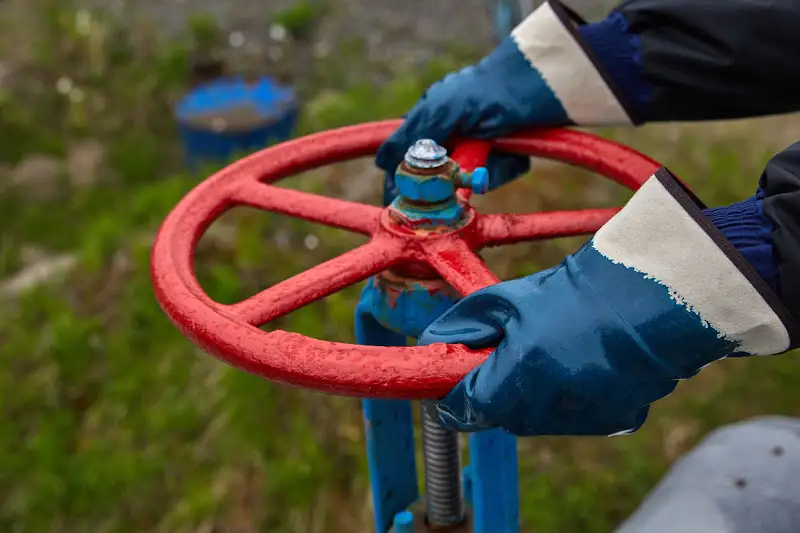
The pressure seal gate valve catalogue includes designs used in:
- Power generation plants – for steam isolation lines.
- Нефть и газ – for controlling high-pressure crude or gas pipelines.
- Chemical and petrochemical plants – for corrosive or pressurized fluids.
- Water supply and desalination systems – where tight sealing is essential.
Their versatility, reliability, and high-pressure tolerance make them indispensable across energy and manufacturing industries.
Installation and Maintenance Tips
When installing a pressure seal gate valve, proper alignment and gasket positioning are crucial. Always follow manufacturer guidelines to avoid leaks or seat damage. During maintenance:
- Inspect for worn gaskets or debris.
- Replace damaged components immediately.
- Conduct pressure tests (standard, middle-pressure, or blind plate tests) for quality assurance.
Following these steps ensures longer valve life and reliable system performance.
Conclusion: Your Partner for Reliable Valve Solutions
A pressure seal gate valve is more than just a flow control device, it’s a vital component that ensures safety, efficiency, and long-term reliability in high-pressure environments. Its self-sealing mechanism, compact design, and compliance with API 600 standards make it a trusted choice across industries.
If you’re looking for dependable solutions, explore the collection of задвижки с герметичным уплотнением from Промышленный клапан GOWIN. Our expertise, advanced testing, and commitment to quality make us a trusted partner in global valve manufacturing.
Common Questions About Pressure Seal Gate Valves
Do gate valves have seals?
Yes. Gate valves use seals (often gaskets or seats) to prevent fluid leakage when closed.
What is the purpose of a pressure seal?
A pressure seal provides a self-tightening mechanism that improves sealing as pressure increases.
Can a gate valve control pressure?
Not directly. Gate valves are mainly for isolation, but pressure seal designs can withstand and maintain high system pressures.
Do gate valves seal when there is no pressure?
They can, but their seal becomes more effective once internal pressure builds up.

